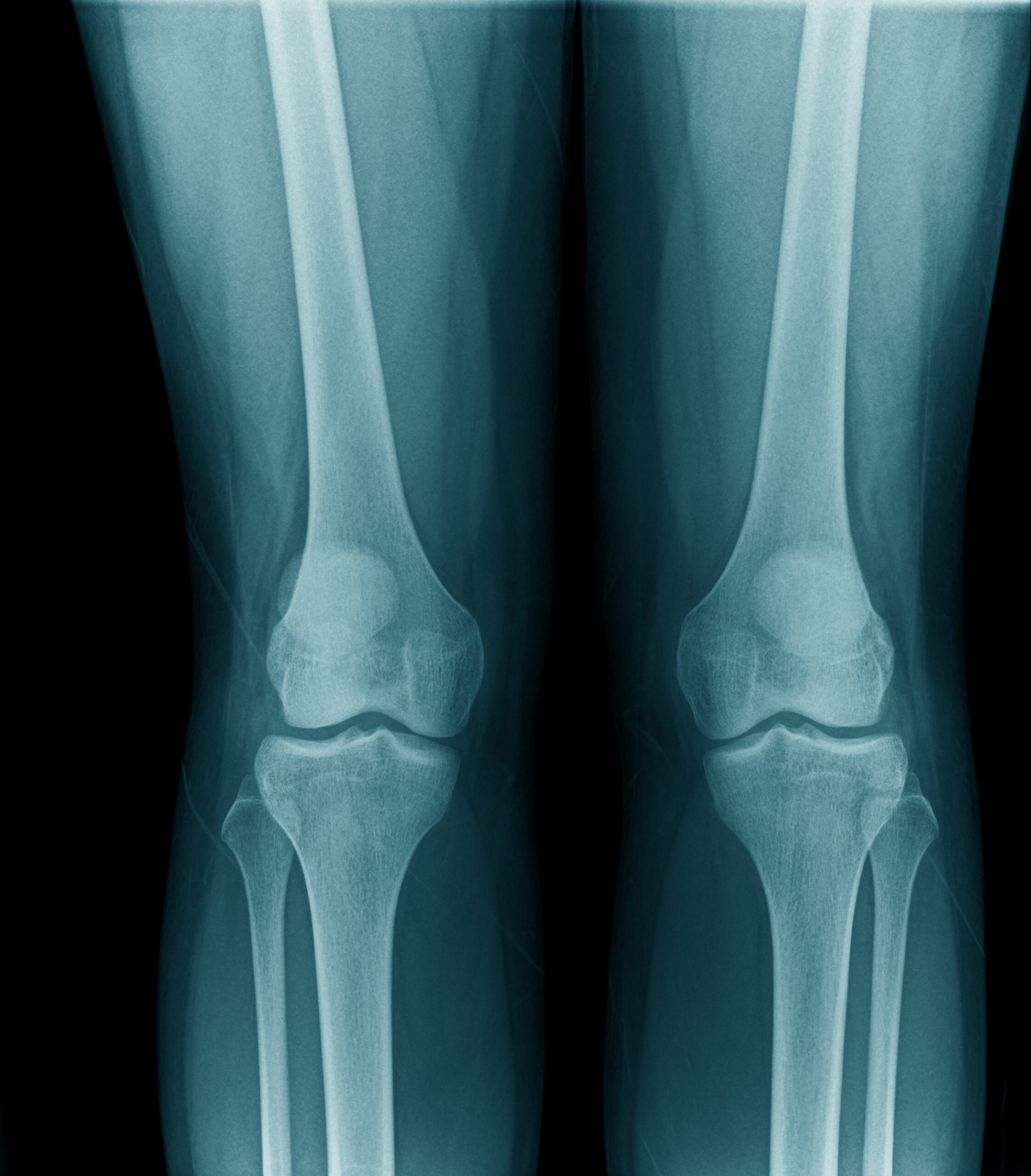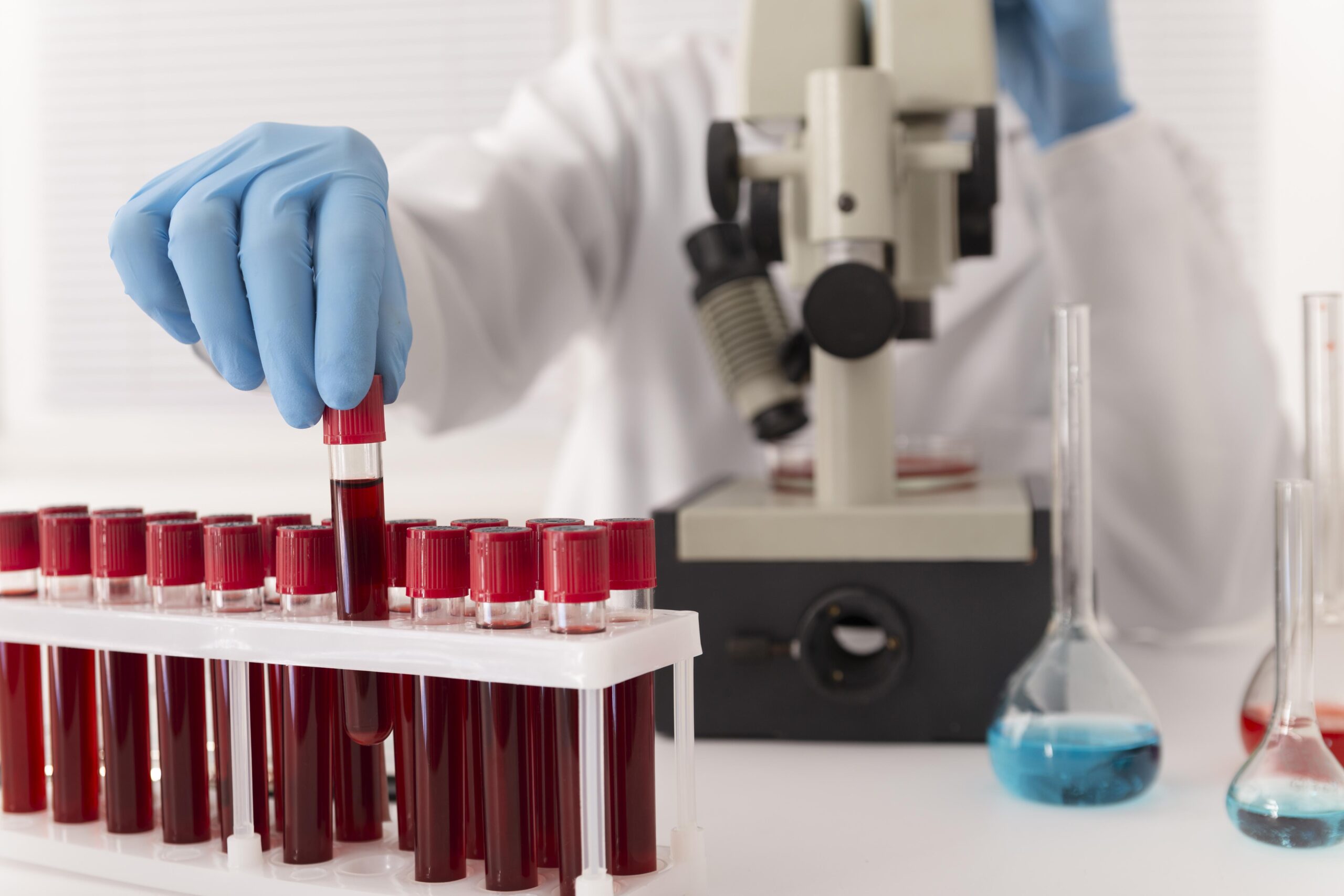Diagnosis of Osteoarthritis
A. Physical examination
A physical examination is an important part of the diagnostic process for osteoarthritis. During a physical examination, a doctor will assess the affected joint(s) to look for signs of pain, swelling, and limited range of motion.
The doctor may also ask the patient to perform certain movements, such as bending the joint or walking, to evaluate the extent of joint stiffness and pain. In some cases, the doctor may also press on the joint to look for tenderness or swelling.
In addition to a physical examination, other diagnostic tests, such as X-rays, MRI scans, or blood tests, may be used to help confirm a diagnosis of osteoarthritis. These tests can help to rule out other conditions that may be causing joint pain and stiffness, such as rheumatoid arthritis or gout, and can help determine the extent of cartilage damage in the affected joint.
It is important to consult with a doctor if you experience any symptoms of osteoarthritis, such as joint pain, swelling, or limited range of motion. Early diagnosis and treatment can help reduce the risk of developing osteoarthritis and can help alleviate the symptoms of the condition.
B. X-rays

X-rays are a commonly used diagnostic tool in the evaluation of osteoarthritis. X-rays use high-energy electromagnetic radiation to produce images of bones and joints. In the case of osteoarthritis, X-rays can help show the extent of cartilage damage and the development of bone spurs (small bony growths) in the affected joint(s).
X-rays can also help to rule out other conditions that may be causing joint pain and stiffness, such as a fracture or a tumor. X-rays can also be used to monitor the progression of osteoarthritis over time and to evaluate the effectiveness of treatment.
X-rays are usually a safe and low-risk diagnostic tool. However, repeated exposure to radiation can increase the risk of developing cancer, so it is important to only have X-rays when necessary.
It is important to discuss the benefits and risks of X-rays with your doctor to determine if they are an appropriate diagnostic tool for your individual case of osteoarthritis. In some cases, other diagnostic tests, such as MRI scans or blood tests, may be used instead of or in addition to X-rays.
C. MRI

Magnetic Resonance Imaging (MRI) is another diagnostic tool used to evaluate osteoarthritis. MRI uses a strong magnetic field and radio waves to produce detailed images of the inside of the body, including bones and joints.
In the case of osteoarthritis, MRI can help to show the extent of cartilage damage and to assess the condition of the surrounding tissues, including muscles, ligaments, and tendons. MRI can also help to rule out other conditions that may be causing joint pain and stiffness, such as a tumor or an injury to the surrounding tissues.
Unlike X-rays, MRI does not use ionizing radiation, making it a safer option for some patients. However, MRI may not be appropriate for all patients, as it may cause discomfort or anxiety for those with a fear of enclosed spaces or for those with certain medical devices (such as a pacemaker) that are not compatible with the strong magnetic field used in MRI.
It is important to discuss the benefits and risks of MRI with your doctor to determine if it is an appropriate diagnostic tool for your individual case of osteoarthritis. In some cases, other diagnostic tests, such as X-rays or blood tests, may be used instead of or in addition to MRI.
D. Blood tests

Blood tests are sometimes used as part of the evaluation of osteoarthritis, although they are not typically the primary diagnostic tool. Blood tests can be used to rule out other conditions that may be causing joint pain and stiffness, such as inflammation or infection.
There are several blood tests that may be used in the evaluation of osteoarthritis, including:
• Erythrocyte Sedimentation Rate (ESR): measures the level of inflammation in the body.
• C-Reactive Protein (CRP): a marker of inflammation in the body.
• Rheumatoid Factor (RF) and Anti-Cyclic Citrullinated Peptide (anti-CCP) tests: used to help diagnose rheumatoid arthritis, a condition that can cause joint pain and stiffness similar to osteoarthritis.
• HLA-B27 Test: a genetic test that can help determine the risk of developing certain types of inflammatory arthritis, including ankylosing spondylitis.
It is important to discuss the benefits and risks of blood tests with your doctor to determine if they are an appropriate diagnostic tool for your individual case of osteoarthritis. In some cases, other diagnostic tests, such as X-rays or MRI scans, may be used instead of or in addition to blood tests.
Relevant Resource : Hairline Fracture

